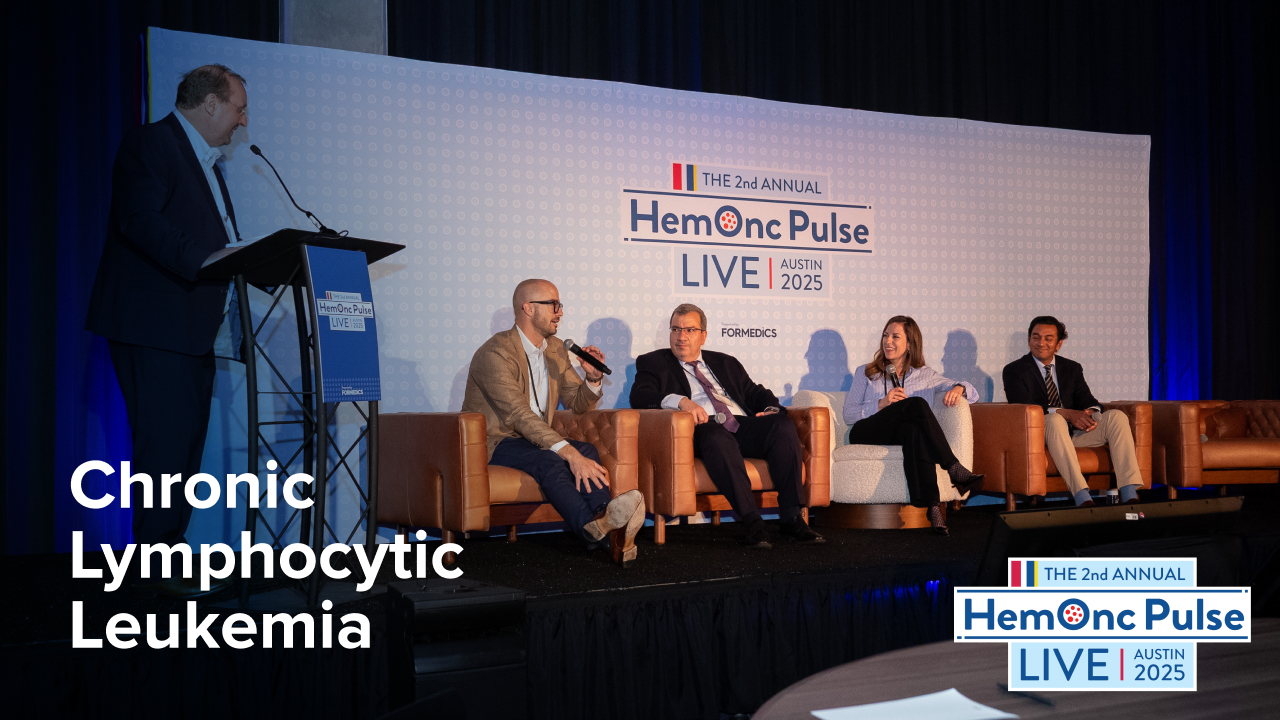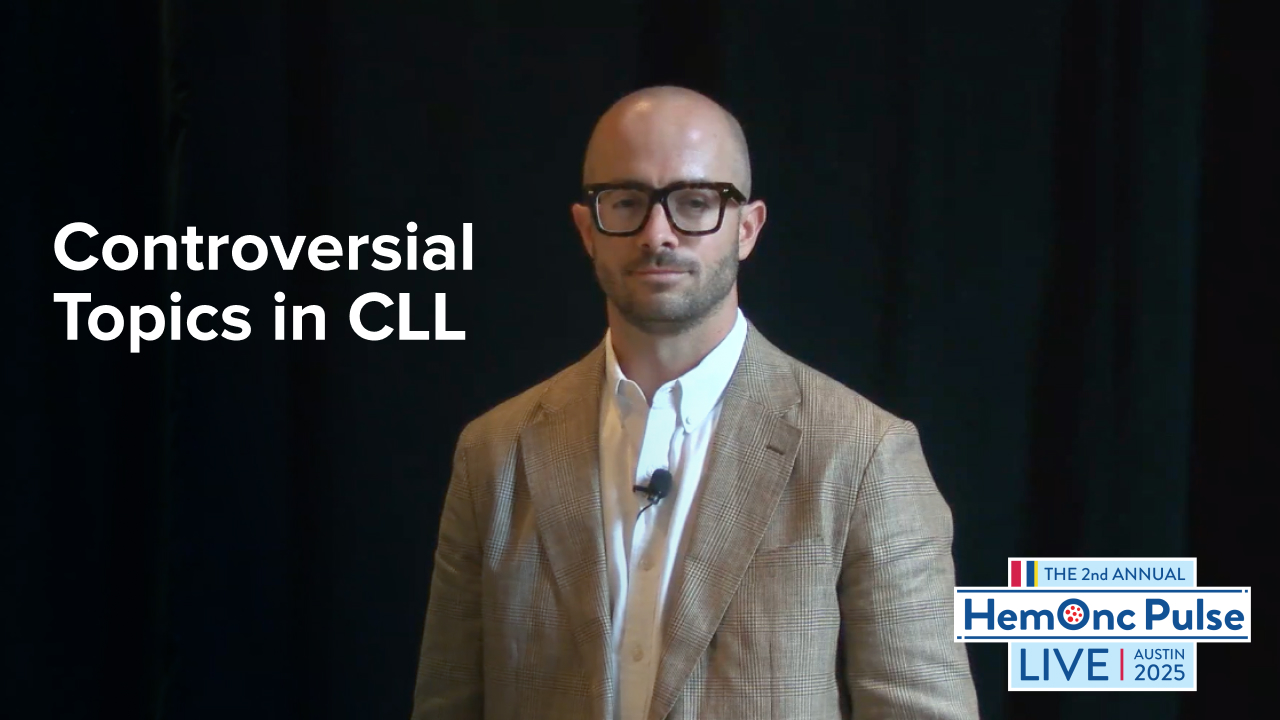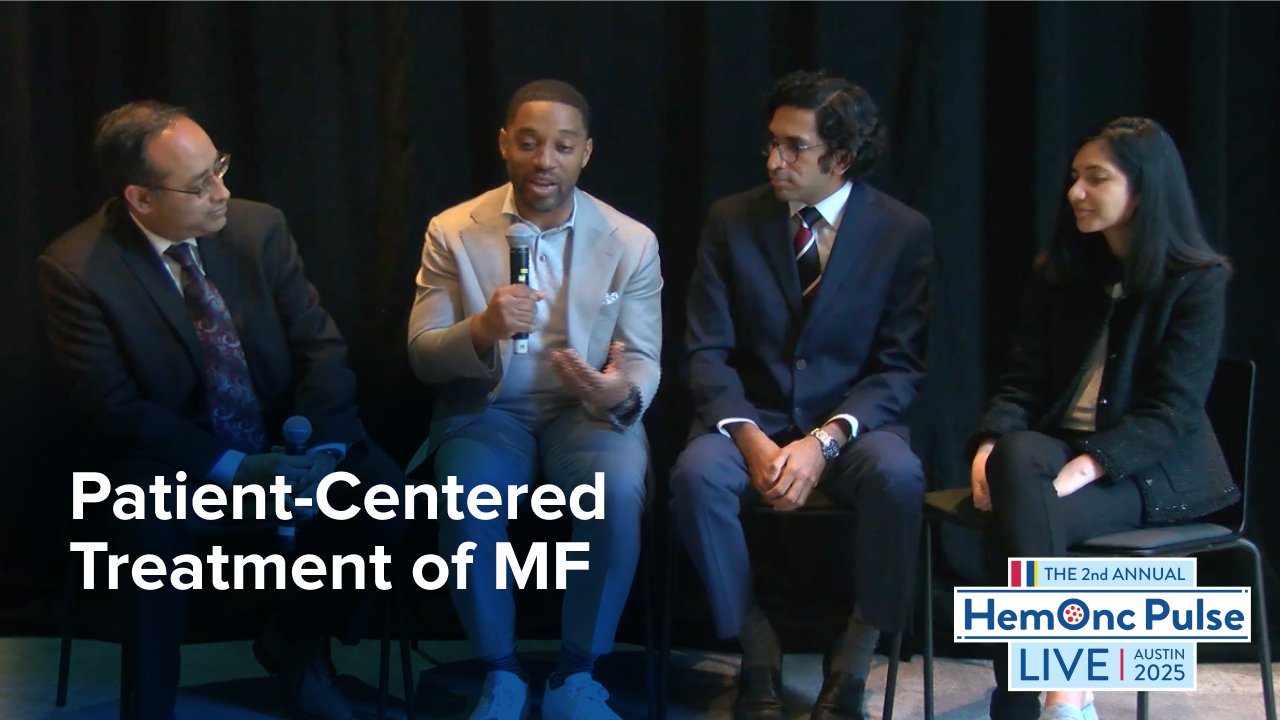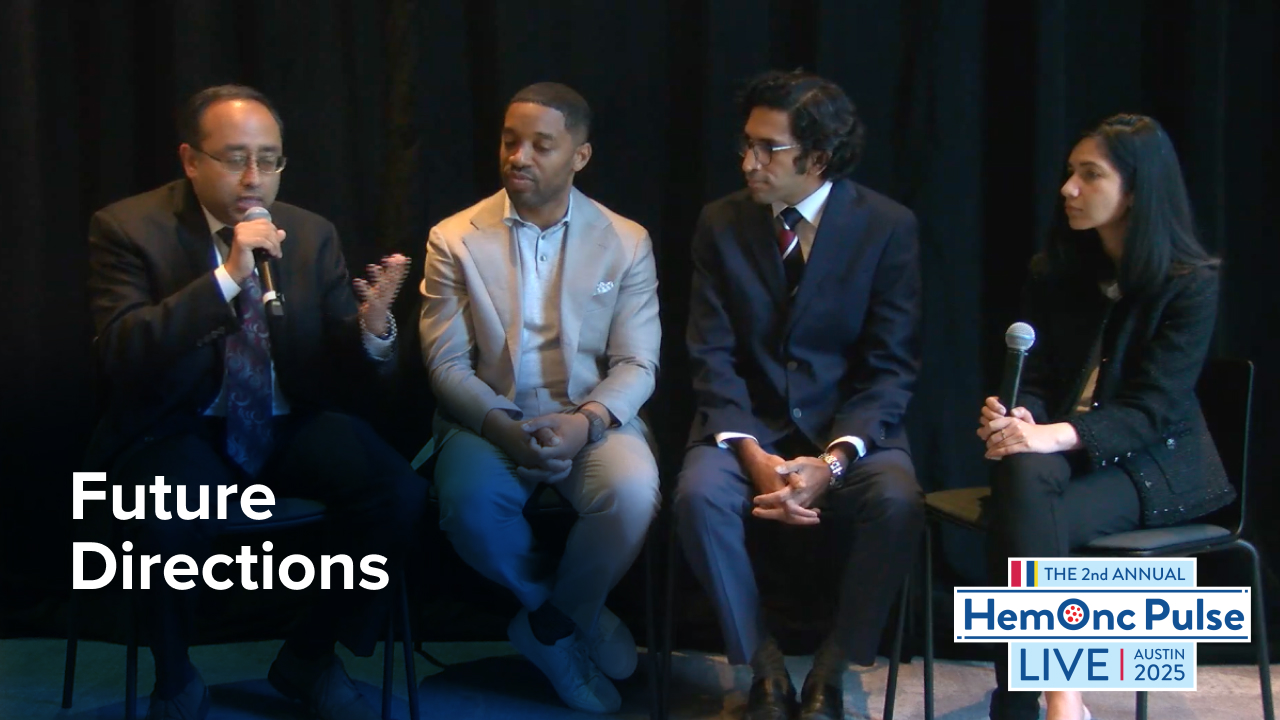How Do Clinicians Communicate With Patients About Lower-Risk MDS?
By Amer Zeidan, MBBS, MHS, David Swoboda, MD, Jamie Koprivnikar, MD, Sangeetha Venugopal, MD, Leah Sherwood, Andrew Moreno - Last Updated: August 29, 2024A roundtable discussion, moderated by Amer Zeidan, MBBS, MHS, of Yale University, focused on the latest updates in the care of myelodysplastic syndromes (MDS). The panel included David Swoboda, MD, of Tampa General Hospital; Jamie Koprivnikar, MD, of Hackensack University Medical Center; and Sangeetha Venugopal, MD, MS, of the Sylvester Comprehensive Cancer Center in Miami.
In the fourth segment of the series, the panel discusses how to explain the range of MDS severities to patients and approach lower-risk disease.
_____
Dr. Zeidan: When you talk to patients about lower-risk MDS, how do you define it? What is, for you, lower-risk MDS in terms of management?
Dr. Koprivnikar: I spend a lot of time talking with patients about low-risk MDS. I start out by explaining mechanistically what’s going on. The analogy I like to use is the bone marrow is a factory. Then, I explain that MDS really presents across a wide spectrum of severities.
I talk about how patients on the lower-risk end of the spectrum of severities tend to have more intact blood counts, fewer blasts in their bone marrow, generally normal cytogenetics, or minimal cytogenetic changes. Then, I explain how, at the other end of the spectrum, we’re really approaching an acute leukemia. These individuals will often have complex cytogenetic and molecular aberrations. They may have an increased percentage of bone marrow blasts, and they often have cytopenias affecting multiple cell lines. That’s how I explain the spectrum of MDS.
Of course, for patients who are on the lower end of this disease spectrum, our goals are very different. These are not the patients who necessarily need to be transplanted right away, unless maybe they have transfusion requirements that can’t be overcome with treatment. These are people who are going to be living with their disease for a period of many years. Our goals of therapy are to improve their quality of life and minimize their symptoms. I talk about the ways we’re able to do that.






 © 2025 Mashup Media, LLC, a Formedics Property. All Rights Reserved.
© 2025 Mashup Media, LLC, a Formedics Property. All Rights Reserved.